
The scientific name of the Somali lion is Panthera leo somaliensis. It is the original subspecies of lion and the smallest subspecies of lion in existence. It is smaller than the Asiatic lion (Persian lion) and is now one of the Nubian lion populations.Somali lions usually hunt at night or in the co...

The scientific name of the West African lion is Panthera leo senegalensis, and its foreign name is West African lion. It was once widely distributed in the African continent except for the central Sahara Desert and tropical rainforests, and also distributed in small quantities in India. However, due...

The scientific name of the Roosevelt lion is Panthera leo roosevelti, which belongs to the subfamily of lions and is now one of the Nubian lion populations.The Roosevelt lion usually hunts at night or in the cool early morning, and likes to hunt at night. The prey includes antelopes, duikers, wildeb...
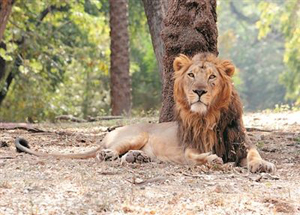
The Asiatic Lion (scientific name: Panthera leo persica) is a subspecies of lion that now only survives in India. They were once distributed from the Mediterranean to India, occupying most of Southwest Asia, so it is called the "Persian subspecies".In India, the Asiatic lion is the animal...
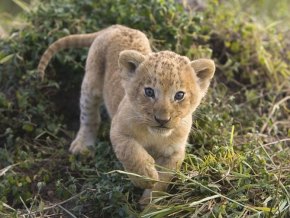
The Masai lion is the original subspecies of lion, commonly known as the East African lion. It is now the Nubian lion population: Panthera leo massaicus.Lionesses in a pride may enter a mating state at any time, and the lionesses are always synchronized in this regard. Scientists have not yet fully...
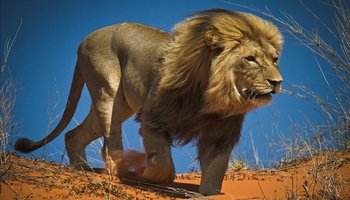
The Cape lion (scientific name: Panthera leo melanochaitus), also known as the Cape lion, is a species of lion that lived in the southernmost tip of Africa and is now extinct.Many people think that the Cape lion is a subspecies of lion, but in fact, the Cape lion is not a subspecies of lion. Accordi...
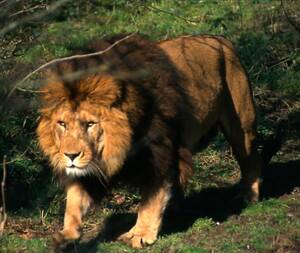
Barbary lion (scientific name: Panthera leo leo), also known as North African lion and Atlas lion, is the second largest subspecies of lion and also the nominative subspecies of lion. Compared with other African lions, they are most closely related to Asian lions.Barbary lions were once found throug...

Kruger Lion (scientific name: Panthera leo krugeri) is also known as South African Lion. It is one of the subspecies of lion. But this subspecies has a white variant, which is also the only white variant of lion. The lions found in and around Kruger National Park in South Africa are Kruger lions. Th...
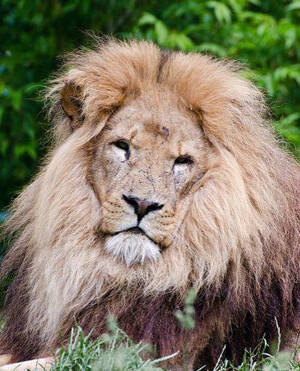
Cameroon Lion (scientific name: Panthera leo kamptzi) is a subspecies of lion, originally a subfamily, and is now one of the Senegalese lion populations.Lions usually live in groups, with a pride of about 8 to 30 members, with an average of 17. They often include several generations of female lions,...

Kenyan lion (scientific name: Panthera leo hollisteri) is a subspecies of lion and is now one of the Nubian lion populations.Lions usually live in groups, with a lion group of about 8 to 30 members, with an average of 17. It often includes several generations of lionesses, at least one adult male li...

The scientific name of the Kalahari lion is Panthera leo vernayi, which is one of the largest lion subspecies in existence.Kalahari lions usually live in groups, with a lion group of about 8 to 30 members, usually 15 members. It often contains two to four adult female lions, at least one adult male...
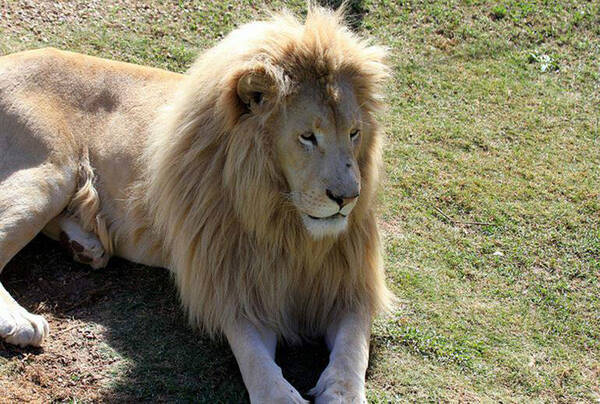
Congo lion (scientific name: Panthera leo azandicus) is called Northeastern Congo Lion in foreign language. It is a subspecies of lion.Congo lions usually live in groups, with a lion group of about 8 to 30 members, with an average of 17. It often includes several generations of lionesses, at least o...
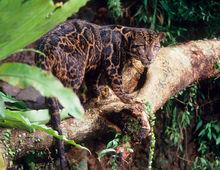
Sunda Clouded Leopard (scientific name: Neofelis diardi) English name Sunda Clouded Leopard, Enkuli Clouded Leopard, Sunda Clouded Leopard, Sunda Islands Clouded Leopard, Sundaland Clouded Leopard, is a cat species distributed in Borneo and Sumatra, with 2 subspecies.The Sunda clouded leopard was on...

Bobcat (scientific name: Lynx rufus) is a cat species distributed in North America, with a total of 12 subspecies.Bobcats have a strong ability to adapt to the environment and are animals that are active at dawn, mainly appearing at dawn and dusk. They start to move three hours before sunset until a...
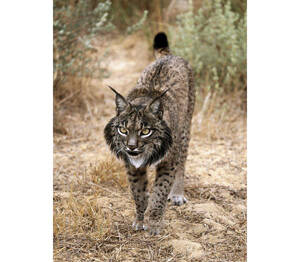
The Spanish lynx (scientific name: Lynx pardinus) is the largest cat species in Europe. It is considered by biologists to be one of the smallest cat species in the world, with no subspecies.Spanish lynx, especially females with cubs, roam as far as 100 kilometers. Depending on the amount of prey, th...
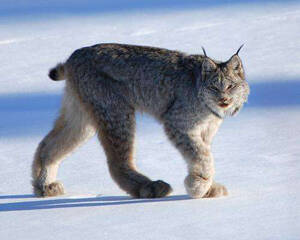
Canada Lynx (scientific name: Lynx canadensis) is also known as Canada Lynx in foreign languages. There are three subspecies.Canada Lynx is a solitary animal that is very secretive. It usually moves at night and has a large activity area. It is a nocturnal hunter without a fixed nest. During the day...
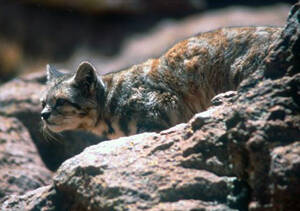
Andean Tiger Cat (scientific name: Leopardus jacobita) is also known as Andean Cat, and has no subspecies.Andean tiger cats have sharp eyesight and hearing, are good at jumping and running between steep rock walls, and feed on rodents, birds, and reptiles. They feed on rodents, lizards, insects, bir...
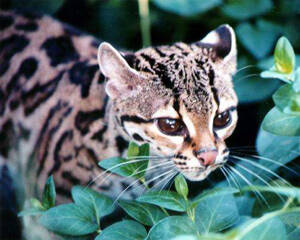
The long-tailed tiger cat (scientific name: Leopardus wiedii) is also known as Margay in foreign languages. It is a large tiger cat with 11 subspecies.The long-tailed tiger cat lives alone and is active at night. They are good tree climbers and can live their entire lives in trees, traversing them t...
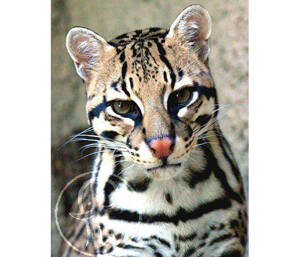
Ocelot (scientific name: Leopardus pardalis) is also known as Ocelot in English. There are 10 subspecies.Ocelots are mostly active at night and are territorial. Their hunting methods are similar to those of most cats. They are also good at swimming and climbing trees. However, their climbing skills...
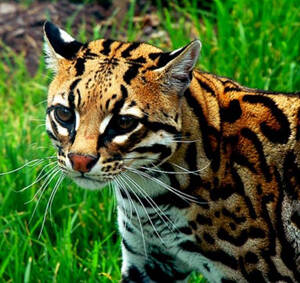
The Oncilla (scientific name: Leopardus tigrinus) has three subspecies. It is one of the smallest wild cats in South America and the smallest in the genus Oncilla. It is very similar to the Oncilla in all other aspects. The all-black Oncilla accounts for about 1/5 of the total number.The tabby cat i...